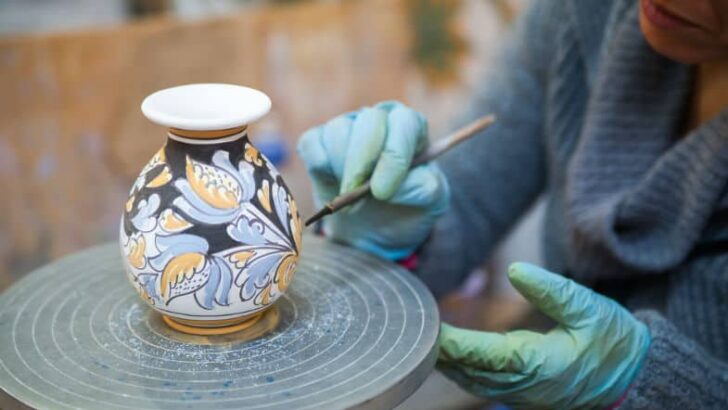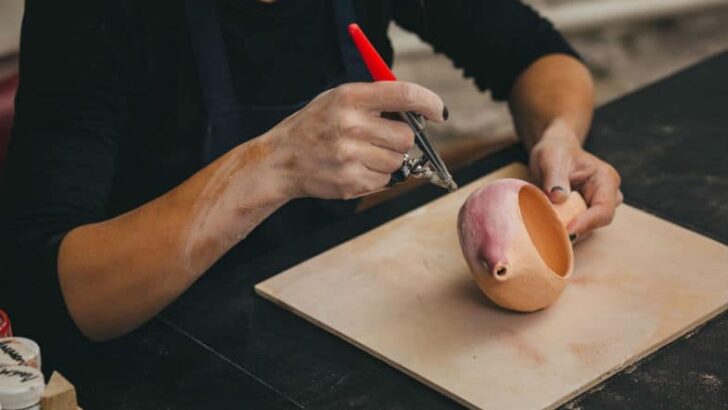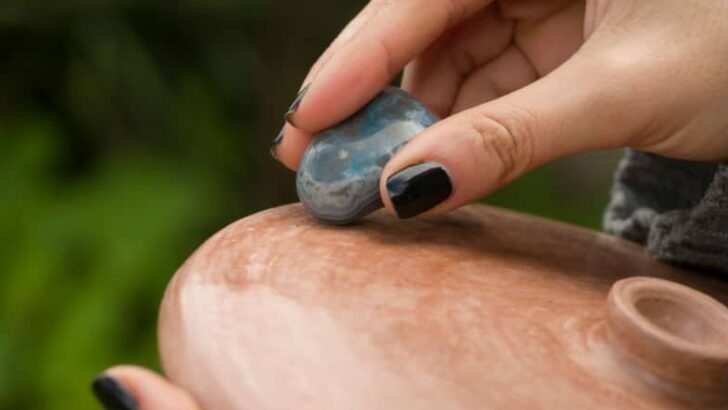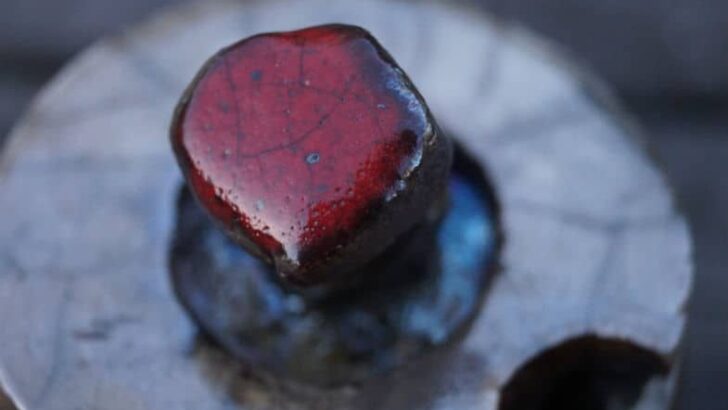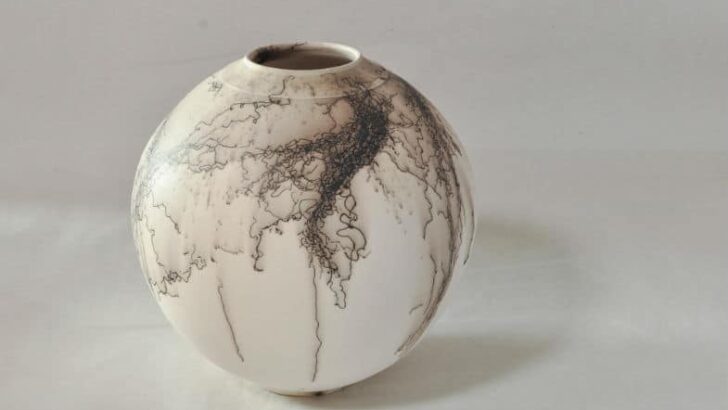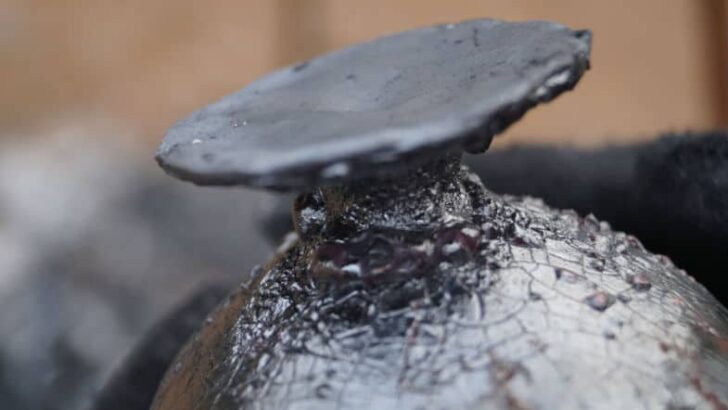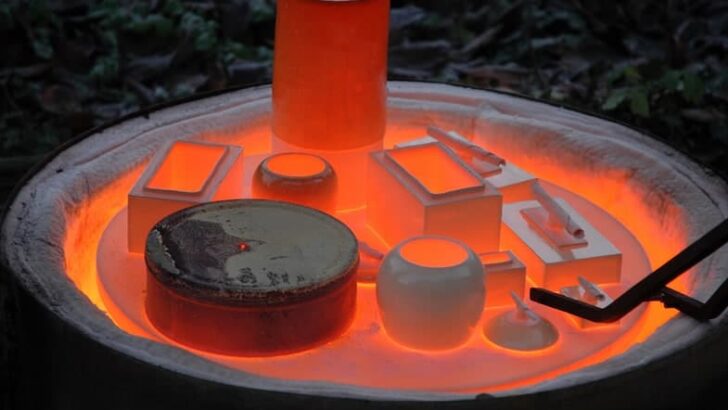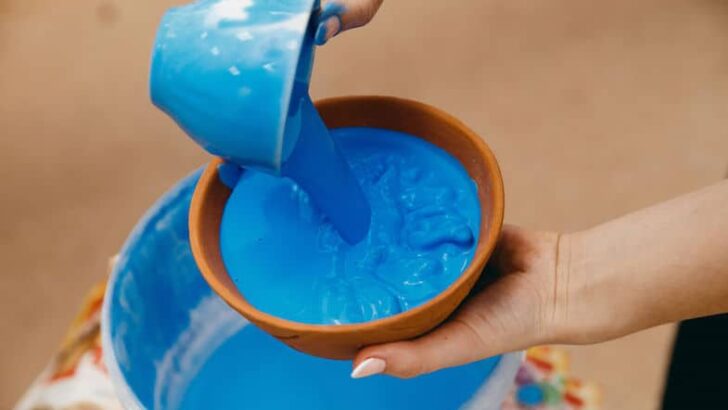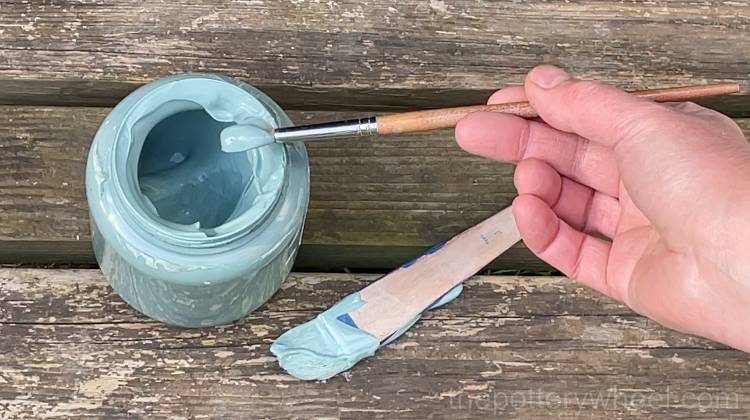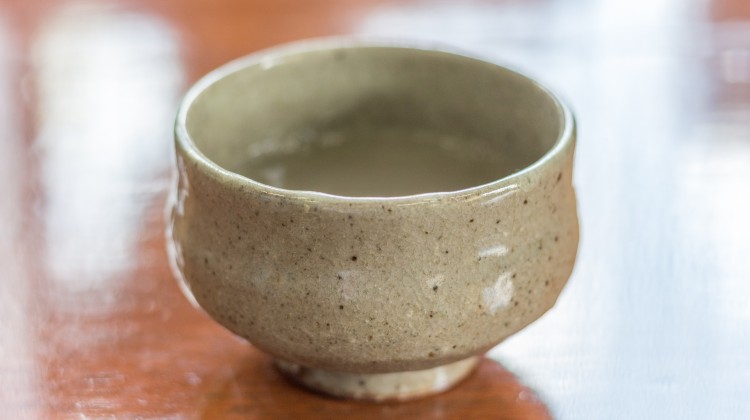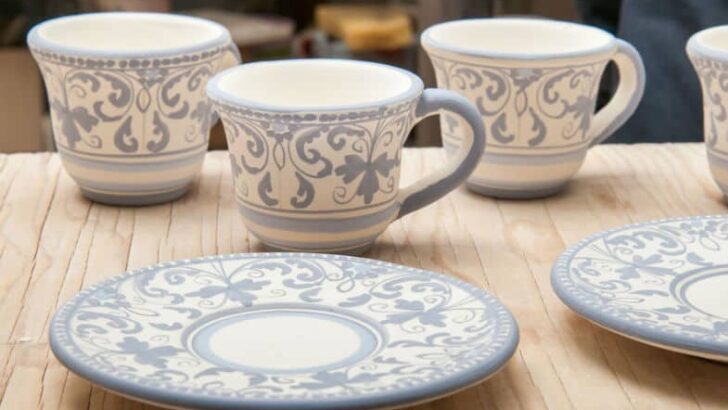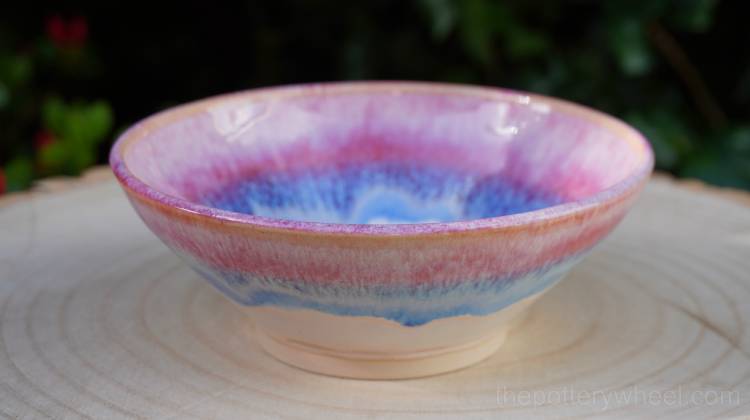Can You Use Underglaze on Top of Glaze – Does it Work?
Underglaze is pretty versatile. There are a seemingly limitless number of underglaze techniques. If you have been experimenting with underglaze you may have wondered if you can use underglaze on top of glaze. Faced with some glazed pottery that I wasn’t happy with I found myself wondering the same thing. And this is what I…

